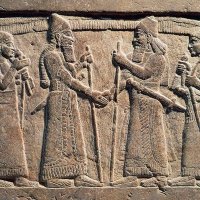
Martijn Linssen (Mastodon)
@martijnlinssen
Author of the Complete gospel of Thomas Commentary / Interactive Coptic-English Translation
mastodon.online/@mlinssen
ID: 23757784
https://www.academia.edu/57161277 11-03-2009 12:52:56
52,52K Tweet
1,1K Takipçi
197 Takip Edilen








Thanks to Harvard University you can now immerse yourself into Digital Giza Giza Project at Harvard: a gigantic online collection of immersive 3D models, video tours, maps and plans of the 4500 years old ancient pyramid plant.







